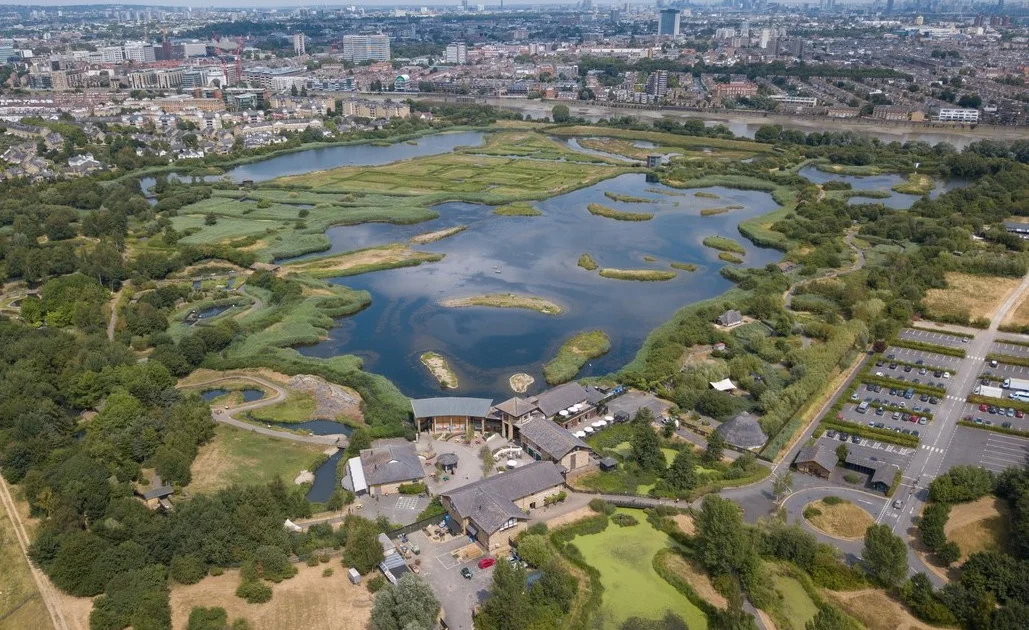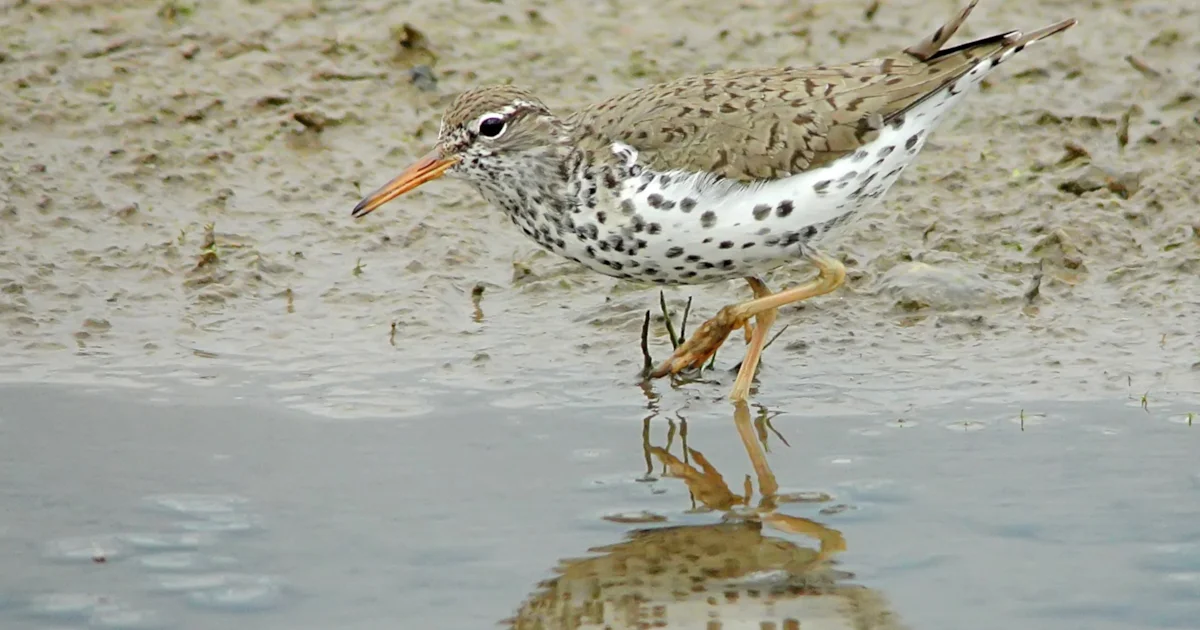I have come across a number of references stating number of recorded species per site. I wonder if anyone has any reserve or site figures to hand of other reserves or sites.
I do not want to include any of the Shetland Isles, the Isles of Scilly and Heligoland because they are the highest and I am not keen on including islands because they do seem to attract lots of rarities. I am also interested in European reserves.
1. Swillington Ings / St Aidan's in West (inland) Yorkshire have 259 species recorded until April 2020 but I believe they have added Cattle, Egret, Marsh Warbler, Franklin's Gull and a certain Long Toed Stint since then:-

 sibg1.wordpress.com
sibg1.wordpress.com
2. There was a mention of Fairburn Ings (also inland) in Yorkshire having recorded over 275 species on BBC Springwatch - any ideas what the actual figure is?
3. 254 species have been recorded at WWT London which was a bit lower than I expected but it is in an urban area

 www.birdguides.com
www.birdguides.com
4. In the Autumn of 2021 Birdguides mentioned an American Golden Plover was the 269th species recorded at Seaforth, Lancashire Wildlife Trust Reserve, Liverpool.
5. Most surprisingly Walney in Cumbria has recorded 300 species according to Walney Bird Observatory
How many are recorded at Cley, Minsmere, Dungeness, Portland Bill and even the less rarity attracting ones.
I do not want to include any of the Shetland Isles, the Isles of Scilly and Heligoland because they are the highest and I am not keen on including islands because they do seem to attract lots of rarities. I am also interested in European reserves.
1. Swillington Ings / St Aidan's in West (inland) Yorkshire have 259 species recorded until April 2020 but I believe they have added Cattle, Egret, Marsh Warbler, Franklin's Gull and a certain Long Toed Stint since then:-

… Recorded Species
The complete historical list for Swillington Ings Bird Group’s recording area. TOTAL 259 + 8ssp (Updated 8 April 2020) Modified :- 3 December 2019 Dipper added 22 Oct…
 sibg1.wordpress.com
sibg1.wordpress.com
2. There was a mention of Fairburn Ings (also inland) in Yorkshire having recorded over 275 species on BBC Springwatch - any ideas what the actual figure is?
3. 254 species have been recorded at WWT London which was a bit lower than I expected but it is in an urban area

Patch birding: London Wetland Centre WWT
Jake Klavins, warden at the famous reserve situated in the heart of the capital, talks about his cherished patch.
4. In the Autumn of 2021 Birdguides mentioned an American Golden Plover was the 269th species recorded at Seaforth, Lancashire Wildlife Trust Reserve, Liverpool.
5. Most surprisingly Walney in Cumbria has recorded 300 species according to Walney Bird Observatory
How many are recorded at Cley, Minsmere, Dungeness, Portland Bill and even the less rarity attracting ones.







